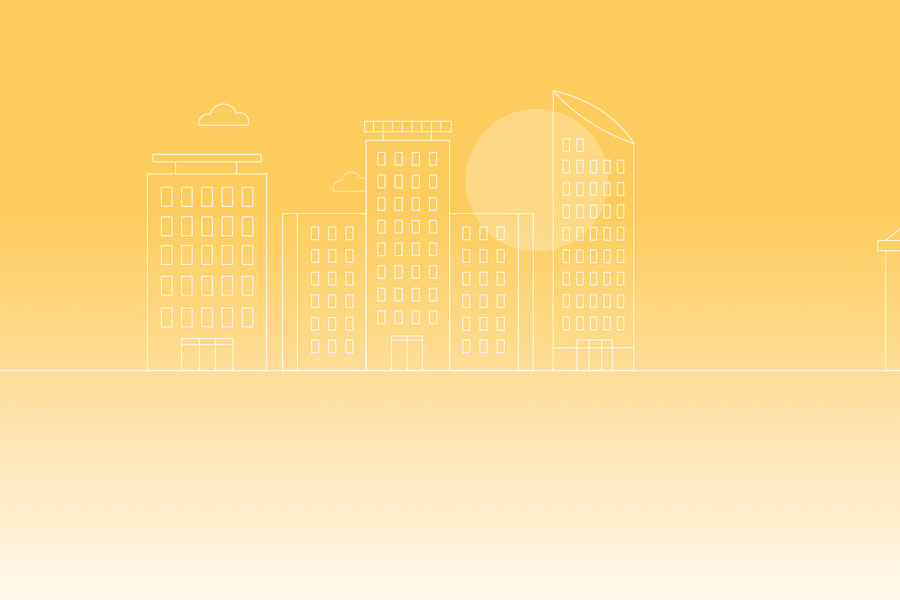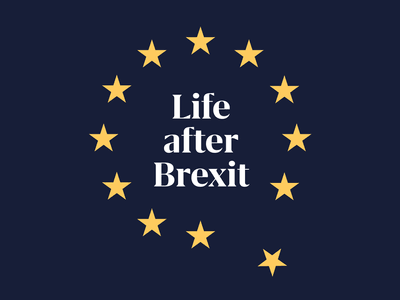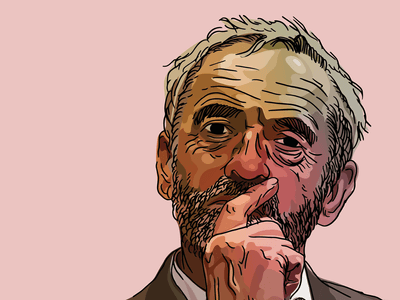In 2007 Warren Buffet wrote in his annual shareholder letter that, “a truly great business must have an enduring ‘moat’ that protects excellent returns on invested capital.” 53 years earlier Intercontinental Hotels Group (IHG) began their quest for those same excellent returns on capital when they introduced Holiday Inn as the first hotel brand to franchise. Today they are joined by the likes of McDonald’s, KFC, Pizza Hut and Hertz as one of the biggest global franchise businesses.
The Group owns and operates various brands including Intercontinental, Crowne Plaza, Holiday Inn, Holiday Inn Express, Candlewood Suites, and HUALUXE Hotels and Resorts, amongst others. Roughly 50% of their revenue comes out of North America with the UK making up less than 5%. In total they cover nearly 100 countries with 5,200 hotels and 770,000 rooms.
IHG run an asset light model with the majority of their top line being driven by taking a percentage share of revenue from a mix of both franchised and managed hotels. To this end, group revenue is driven in the most part, by a formula that comprises of number of rooms, multiplied by revenue per available room (RevPAR), multiplied by the royalty rate charged.
Taking each of these in turn, IHG have looked to drive RevPAR in recent years through a strategy of consistent technology investment, creating customer loyalty through their IHG Rewards Club and delivering revenue and customers through low cost marketing channels. Through this strategy IHG allow their franchisees to drive RevPAR via a combination of both increased room rates and improved occupancy.
As part of the formula for driving Group revenue, IHG have seen a 3.1% compound annual growth rate in room signings between 2011 and 2016; versus industry growth of around 2%. This being mainly the result of their strong portfolio of both new and existing brands from which management continue to invest.
IHG have reinvested cashflows in both data and technology through marketing, pricing and innovative systems.
Royalty rate, the final part of the equation, varies between the roughly 550,000 franchised and the 220,000 managed rooms. Franchise owners are required to pay 5% of room revenues with no incentive fees and a mostly fixed overhead base. This compares with managed properties where, more typically institutional owners pay 1-3% of total revenues alongside 5-7% of gross operating pro t.
Further benefits of their franchise model are seen in optimising central costs. To this end IHG have reinvested cashflows in both data and technology through marketing, pricing and innovative systems to allow their franchisees a well invested competitive advantage. As an example IHG are able to boast a history which includes the first computerised reservation system, the first and largest hotel rewards programme as well as being the first hotelier to allow online bookings and host apps on all mobile platforms.
One of their more recent investments has come in the form of a cloud-based Guest Reservation System allowing IHG to utilise data from internal systems to optimise and personalise pricing, availability and marketing.
In recent years shareholder returns have not only come from strong operational performance but also from selling down their hotel real estate and returning cash to shareholders as they continue to drive their asset light, high return on capital model. It is interesting to note that whilst people often cite Airbnb as oneof the largest hoteliers with zero physical assets, IHG are not far behind with only eight of their more than 5,000 hotels currently on their balance sheet.
Whilst IHG have driven operational outperformance from a low capital base, their investment does not come without risk from both macroeconomic and competitive threats. Despite their significant technological investment it is these same advances that are providing not only an opportunity but also a threat to their very existence.
We would note two major concerns as the growth of Airbnb and Online Travel Agents (OTAs) which risk threatening IHG’s pricing power as well as their ‘direct to market’ strategy. Whilst Airbnb are not seen as a direct competitor, they have had the effect of limiting price increases during peak periods as supply comes on stream. Similarly OTAs have impacted IHG by increasing price visibility, whilst reducing profitability to franchisees who are required to pay an additional fee to drive customers from secondary sites; the impact to IHG is indirect though as fees are paid by franchisees mostly as a percentage of revenue rather than profits.
As competition increases, it is here that we hope IHG are able to leverage their Rewards Club and proprietary tech investment to encourage customer stickiness. This, when added to increased brand awareness, should help to maintain pricing power.
It is clear that their asset light model has driven impressive returns on capital and strong shareholder returns in recent years. As competition grows and the potential for macroeconomic risk heightens though, we now look to their portfolio of brands and recent investment as Buffett’s ‘economic moat’ to protect these ‘excellent returns on invested capital’ in all weathers.




